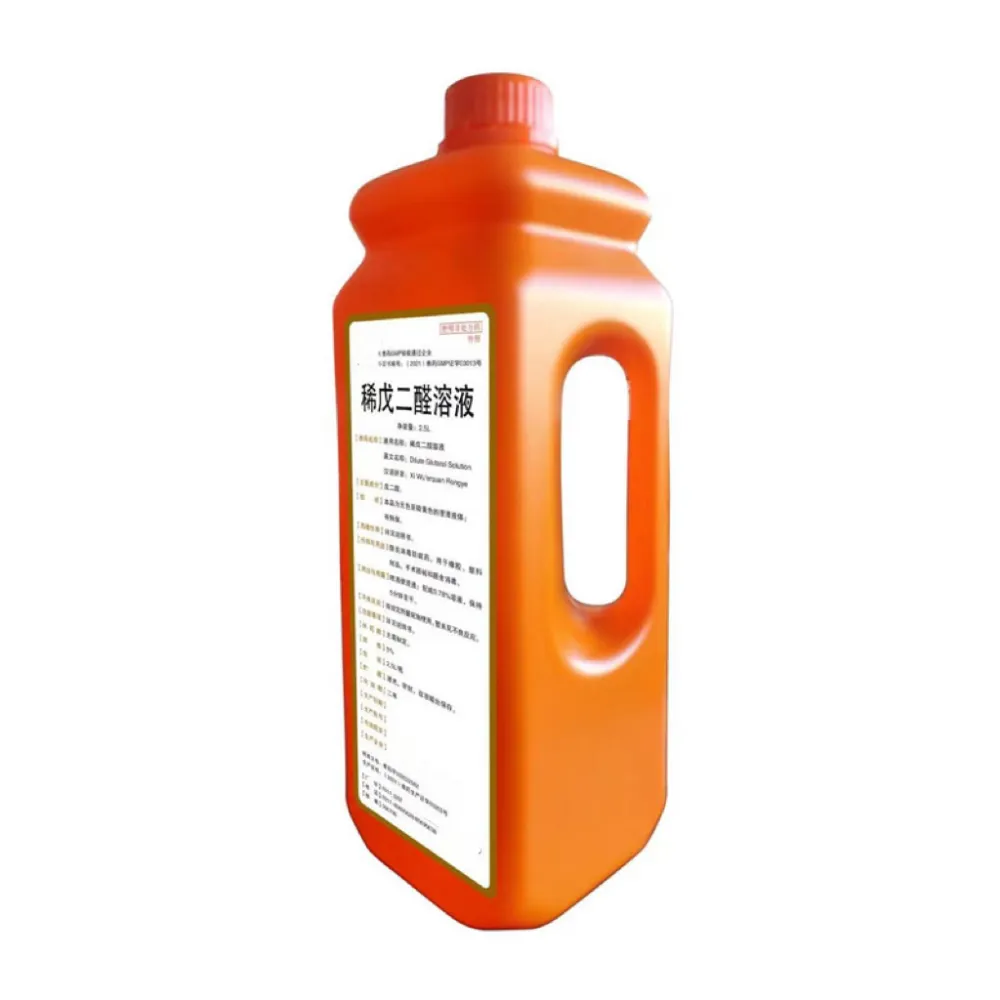- Afrikaans
- Albanian
- Amharic
- Arabic
- Armenian
- Azerbaijani
- Basque
- Belarusian
- Bengali
- Bosnian
- Bulgarian
- Catalan
- Cebuano
- Corsican
- Croatian
- Czech
- Danish
- Dutch
- English
- Esperanto
- Estonian
- Finnish
- French
- Frisian
- Galician
- Georgian
- German
- Greek
- Gujarati
- Haitian Creole
- hausa
- hawaiian
- Hebrew
- Hindi
- Miao
- Hungarian
- Icelandic
- igbo
- Indonesian
- irish
- Italian
- Japanese
- Javanese
- Kannada
- kazakh
- Khmer
- Rwandese
- Korean
- Kurdish
- Kyrgyz
- Lao
- Latin
- Latvian
- Lithuanian
- Luxembourgish
- Macedonian
- Malgashi
- Malay
- Malayalam
- Maltese
- Maori
- Marathi
- Mongolian
- Myanmar
- Nepali
- Norwegian
- Norwegian
- Occitan
- Pashto
- Persian
- Polish
- Portuguese
- Punjabi
- Romanian
- Russian
- Samoan
- Scottish Gaelic
- Serbian
- Sesotho
- Shona
- Sindhi
- Sinhala
- Slovak
- Slovenian
- Somali
- Spanish
- Sundanese
- Swahili
- Swedish
- Tagalog
- Tajik
- Tamil
- Tatar
- Telugu
- Thai
- Turkish
- Turkmen
- Ukrainian
- Urdu
- Uighur
- Uzbek
- Vietnamese
- Welsh
- Bantu
- Yiddish
- Yoruba
- Zulu
Nov . 07, 2024 09:00 Back to list
Paracetamol's Role as a Pain Reliever and Fever Reducer in Medical Treatment
Paracetamol An Effective Analgesic and Antipyretic
Paracetamol, commonly known as acetaminophen, is one of the most widely used medications globally, appreciated for its dual role as an analgesic (pain reliever) and an antipyretic (fever reducer). Its efficacy, safety profile, and ease of access make it a popular therapeutic choice for a variety of conditions.
Mechanism of Action
Paracetamol's exact mechanism of action has been a topic of research for decades, and while it is not fully understood, several theories exist. Unlike non-steroidal anti-inflammatory drugs (NSAIDs), paracetamol does not exhibit significant anti-inflammatory properties. It is believed to act primarily in the central nervous system, where it inhibits prostaglandin synthesis, particularly in the brain. Prostaglandins are chemicals in the body that promote inflammation, pain, and fever. By reducing their levels, paracetamol effectively alleviates pain and lowers fever.
Clinical Uses
Paracetamol is employed in a wide range of clinical scenarios. It is commonly recommended for mild to moderate pain, including headaches, dental pain, menstrual cramps, and muscle aches. Furthermore, it is frequently used to reduce fever in both adults and children. Its wide safety margin makes it suitable for various populations, including pregnant women and infants, leading to its status as a first-line treatment.
For children, paracetamol is often the analgesic of choice due to its liquid formulation options, making it easier to administer. Parents frequently opt for paracetamol when their children develop a fever, thanks to its effectiveness and safety record when used appropriately.
paracetamol analgesic and antipyretic

Dosage and Safety
One of the critical advantages of paracetamol is its favorable safety profile when used at recommended doses. Adults are typically advised to take no more than 4,000 mg per day, while the daily limit for children is calculated based on their weight. Overdose, however, can lead to severe liver damage, a risk that must not be underestimated. Symptoms of overdose may not be immediately apparent but can be life-threatening if therapeutic intervention is delayed. Awareness of dosage guidelines and safe practices is crucial for both healthcare providers and patients.
Side Effects and Risks
While paracetamol is generally safe when used correctly, it is not entirely free from side effects. Commonly reported side effects include nausea and allergic reactions, though they are rare. Chronic misuse or overdose can lead to acute liver failure, necessitating liver transplantation in severe cases. Moreover, recent studies have explored potential risks associated with long-term use, such as cardiovascular issues and renal damage, although the evidence remains inconclusive and requires further investigation.
Conclusion
In summary, paracetamol stands out as a cornerstone in the pharmacological management of pain and fever. Its effectiveness in providing relief, combined with a relatively benign safety profile when used appropriately, underscores its importance in both self-care and medical treatment. However, as with all medications, caution is advised. Understanding its proper use and potential risks ensures that paracetamol remains a safe and reliable option for millions worldwide. Educating patients and caregivers about dosage guidelines and the signs of overdose will help mitigate risks and enhance the overall efficacy of this essential medication. As research continues, we may uncover even more about paracetamol's wide-ranging effects and applications in clinical practice.
-
Guide to Oxytetracycline Injection
NewsMar.27,2025
-
Guide to Colistin Sulphate
NewsMar.27,2025
-
Gentamicin Sulfate: Uses, Price, And Key Information
NewsMar.27,2025
-
Enrofloxacin Injection: Uses, Price, And Supplier Information
NewsMar.27,2025
-
Dexamethasone Sodium Phosphate Injection: Uses, Price, And Key Information
NewsMar.27,2025
-
Albendazole Tablet: Uses, Dosage, Cost, And Key Information
NewsMar.27,2025













